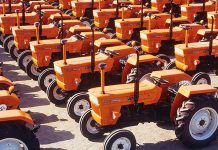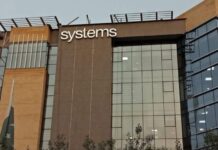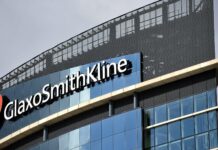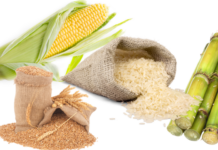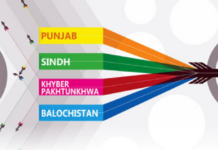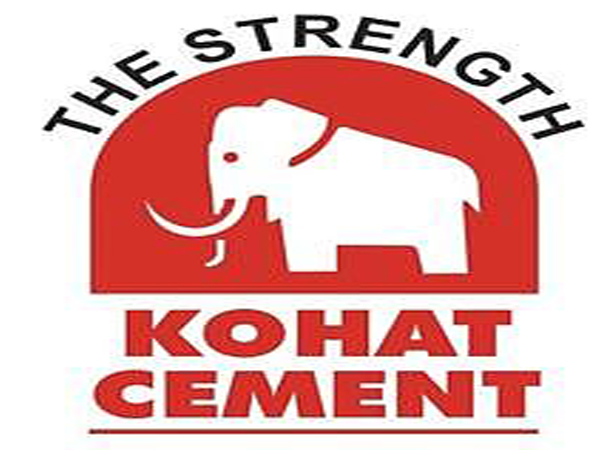Kohat Cement Company Limited (PSX: KOHC) reported a profit after taxation of Rs2.94 billion for the quarter ended September 30, 2025, a 14.4% decrease from Rs3.44 billion in the corresponding quarter last year. Earnings per share declined to Rs3.2 from Rs3.51.
The company’s results highlighted a familiar challenge for the sector: stable demand unable to keep pace with rampant input cost inflation. Net sales increased marginally by 2.0% year-on-year to Rs10.29 billion, demonstrating steady underlying demand for cement during the quarter.
However, this top-line stability was completely overshadowed by a 17.8% surge in the cost of sales, which jumped to Rs6.80 billion. This disproportionate increase—growing nearly nine times faster than sales—caused gross profit to contract by 19.1% to Rs3.49 billion. The most telling metric was the gross profit margin, which declined significantly to 33.9% from 42.8% in the prior year period, reflecting substantially higher costs for energy, raw materials, and transportation.
The company demonstrated commendable cost control in other areas. Administrative expenses were held flat, and finance costs decreased by a substantial 65.7% to Rs39.6 million, providing crucial relief to the bottom line. Other income remained a strong contributor at Rs1.47 billion. Despite these efforts, the operating profit fell 19.6% due to the gross margin squeeze. The net profit margin for the quarter stood at 28.6%, a contraction from 34.1% last year, illustrating the intense pressure on profitability from the cost side.




